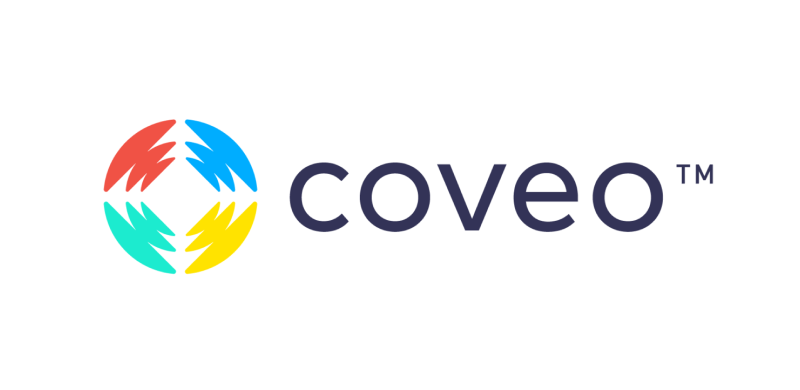At the start of 2023, Gainsight set a goal to improve the gross revenue retention (GRR) of their paid support plan, consolidate tool spend, and take advantage of the latest in AI. They knew they needed to leverage their support data and automate their internal support processes. With about 600 new cases a week, the team identified case assignment and time to resolution (TTR) as the two areas that could immediately benefit from automation.
“We’re responsible for one-touch close and TTR metrics, which are one-day, seven-day and 14-day closes. We also own cost-per-ticket and the ultimate support of GRR,” explains Steven Davis, Sr Director of Enterprise Support at Gainsight. “With enterprise support, GRR goes down if we sell a bunch of paid support packages that don’t end up renewing.”
Due to the high quality of their enterprise support, the team was wary of adding self-service solutions to their tech stack. “Chatbots and other self-service automation tools work great when you need to reset a password, or when you want to add five licenses to your account. But that’s not what we do at Gainsight. A lot of what we get is, ‘I have a 15-step workflow, and the twelfth step isn’t yielding the results that I need.’ Automated tools won’t work for those kinds of customer issues, which are upwards of 70 of the tickets we get every day. So that’s where we’ve been really careful, and instead deploying the AI behind the scenes.”
Davis and the team looked to leverage sentiment analysis, with their sights set on making support operations more efficient and shielding the customer experience from overexposure to AI.
“We didn’t have a tool that allowed us to read through the actual case and be able to gauge the sentiment of the customer. We already had this foundational knowledge of what we wanted the support department to be, we just had missing pieces. So we went out looking for those missing pieces.”
“We hadn’t been able to get truly accurate data, because there’s no support team in the world that’s able to go through every case and say, ‘this is a mad customer, this is a customer that’s upset, this is a frustrated customer.’ Having the tool be able to aggregate that for you, at that level, is huge.”
With every new case, the Gainsight team was spending time checking queues and bandwidth before making an assignment. “Being able to go in and get cases auto-assigned was where we saw the biggest benefit. Because of our different shifts, different products, and very strict support response targets—especially for our paid support customers—we had been manually assigning as many as 400 to 600 cases a week.”
“We estimate that cases take around two to three minutes each to assign manually. I have to look at the roster, the L2 schedule, and their SME queues. Then I have to look at the holiday schedule to make sure nobody’s on vacation or PTO. And then I have to look at their open case count. How many open cases do they have? What’s their backlog?”
To take on these challenges, Davis and the team needed a way to capture their assignment history and use it to make future assignments, while also making sure the changing skills of their agents were factored into each one.









